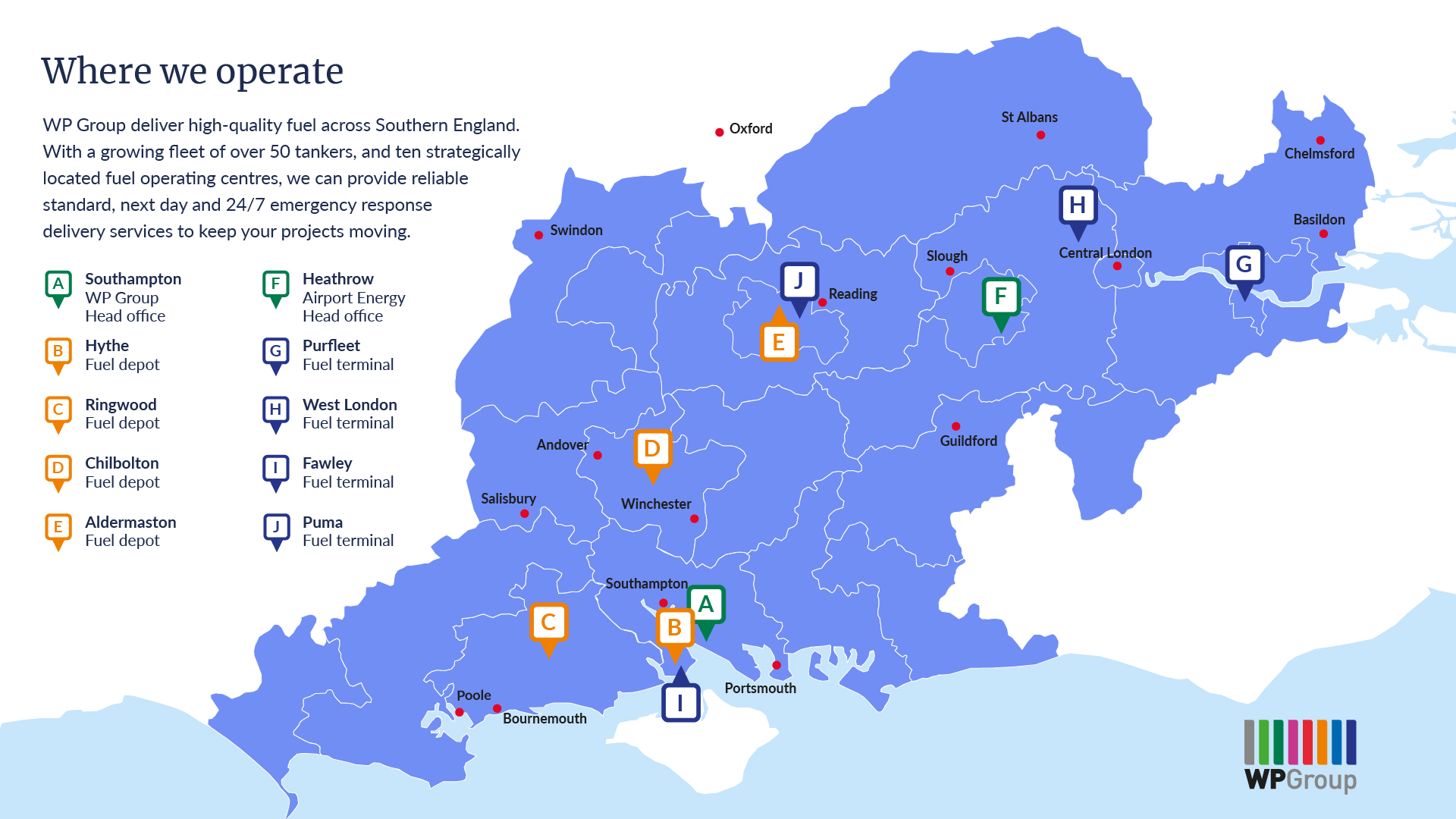Is your critical facility relying on contaminated fuel?
Published Tuesday 3 September, 2019

Managing the risks of fuel contamination should be high on the radar for any business, but especially those reliant on fuel for critical power and business resilience.
It only takes a small about of contamination to jeopardise your back-up power and with an average minute of downtime costing an estimated £5224 for critical facilities such as Data Centres and banks, it’s essential that an effective fuel management strategy is in place.
Ensuring awareness of the signs of fuel contamination coupled an effective preventative fuel management plan can help reduce these risks and even prevent contamination entirely.
What is fuel contamination?
Contamination in fuel is typically caused by a foreign body, such as water entering the fuel, or due to stagnant fuel naturally degrading and damaging molecules.
Water is the most common and arguably the most damaging contaminate to find in your fuel tank as it promotes microbial growth along with numerous contamination chain reactions. Whether it’s free moving, emulsified or dissolved water, this contaminate can cause long term damage that’s detrimental to any backup generators or standby power systems.
When microbial growth forms it often settles at the bottom of the tank forming a layer of sludge that will collect in pipe works, block filters and eventually damage the tank.
The effects of fuel contamination can quickly multiply, reducing stability and over time render the fuel useless, impacting efficiency, cost and reliability. However, identifying contamination at an early stage will ensure that you can resolve the issue as quickly and easily as possible.
How do you spot potential fuel contamination?
Making sure your business is aware of the symptoms is the first step to prevention. WP’s engineers have compiled their top signs to look out for:
- The fuel should be clear and bright:
– If it is cloudy, there could be water in fuel
– If it is dark in colour, then it is likely that asphaltene particles are forming. These are hard particles that, if agglomerated, can block filters - There is an unusual smell:
– If it smells like rotten eggs, it could be as a result of microbial growth
– If it smells similar to varnish, it is probable that the fuel is too old - Clogged up filters or replacing filters more than once every 6-12 months
- Sludge build-up
- Damage, holes and rust on your fuel storage tanks
How do you prevent fuel contamination?
Our engineers at WP have compiled their top 5 tips on preventing fuel contamination:
- Fuel sampling
Take fuel samples from the tank bottom every 3 months to ensure quality of the fuel is maintained. - Use an advanced long life fuel
Prevent microbial growth with an advanced product which will remain clean and contaminate-free for prolonged standby periods. - Tank inspections
Fuel tanks should be inspected annually to ensure water and other contaminates do not freely ingress the tank. These surveys can ensure your fuel tank adheres to current PPG2 oil storage regulations as well as pass environmental risk assessments. - Effective filtration
Descant filters should be installed on breathing points within your fuel storage tanks to prevent moisture - Maintained filtration
Fuel filters should be changed regularly as contamination could result in filter and pipe blockage and sludge.
Imposing preventative measures to reduce the risk of contamination is key, unfortunately many businesses wait until reactive services are required and with this comes substantial expense. Without a monitored, quality fuel supply and management plan, the risk of power outages, blackouts and other loss of power, dramatically increases.





